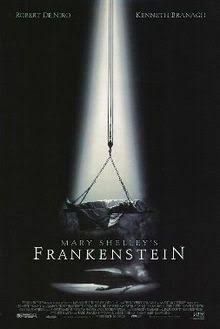Frankenstein | Summary
Jun 29, 2019 • 41 views

Frankenstein, written by Mary Shelley in 1818, did not reveal the author's identity when it was first published. The original edition had a Preface by P. B Shelley, Mary Shelley's husband. P.B Shelley had been supportive of Mary as a writer, wrote how he wanted her to write so that he could see for himself, how good was Mary Shelley as a writer. A simple comparison of the Preface and the Introduction later on by Mary Shelley, substantiates Mary's statements very well.
In the preface, P. B Shelley is vigilant to maintain a distinction between the author and the narrator, given the nature of the book and its perception in the society. The preface is also visibly detached from the actual text. As critiques later on have pointed out, the Preface in the 1818 edition lacks basic emotions and passion for the text that any author would have for his book. The differences in the preface and introduction arise from the fact that the gender of the two authors are different. It leads to a narration in the perception and presentation of the same topic/issue.
"Frankenstein" is a gothic fiction which is known for its explicit and gory descriptions of the monster and many intricate details. The society, as a whole, was shocked to learn that it had been written by a woman.
Mary Shelley addresses this concern outrightly and diligently in her introduction. She lets the readers enter into her mind and learn the process of the manifestation of this story. Her introduction also has a more personalised touch to it and the readers are bound to connect themselves to it.
Mary Shelley has, without much contemplation, accepted that the monster is indeed gruesome and absurd. Despite this she doesn't shy away from accepting that the text is indeed an object of her affection, and will always be so. Mary Shelley's introduction sees her as a very passionate author.
Her introduction allows readers to reflect upon Frankenstein in a refined light. She welcomes her readers whole-heartedly into the text, making them look forward to the story as it unfolds. Unlike this P.B Shelley's Preface serves a purpose that is closer to de-alinating the readers or the author from the text.
Mary Shelley's introduction also highlights the plight of women writers. She sees the need of sharing how the story was continued. It is important for her to gain acceptance and validation, if she has finally decided to reveal herself. Her apprehensions are understandable and they only raise the curiosity of the readers.
Readers look forward to hearing/reading a story that they knowthe manifestation process of. In this context, Mary Shelley's introduction is fulfilling its purpose. P. B Shelley's preface remains a formal one for the readers. On a closer reading it also sounds as a validation being offered to the novel written by his wife. He seems to be formally presenting a piece of work by his wife to the world.
